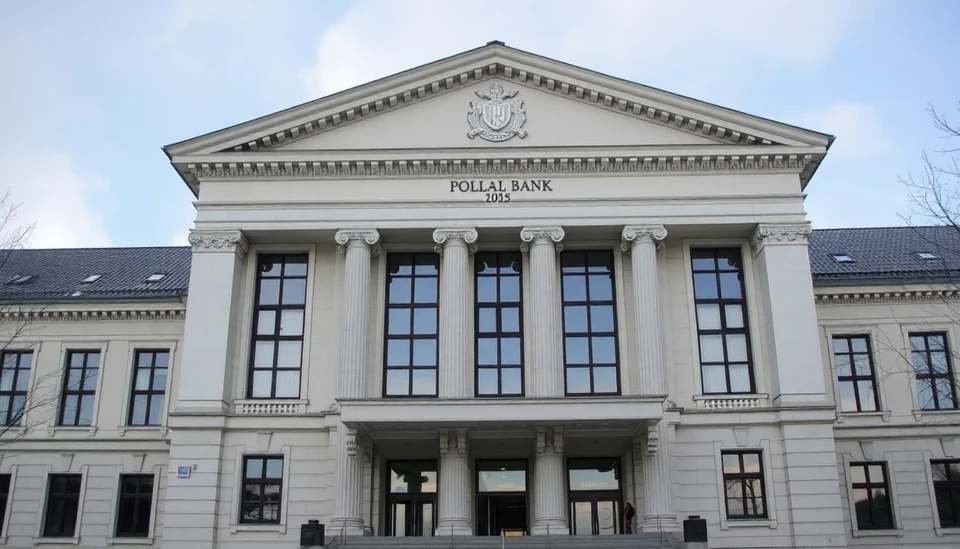
Poland's central bank, under the leadership of Governor Elżbieta Masłowska, is eyeing a potential quarter-point reduction in interest rates during its upcoming May meeting. This consideration follows recent data indicating a notable softening of consumer price inflation (CPI) within the country. The anticipated move is part of a broader strategy to stimulate economic growth amid easing inflationary pressures.
Governor Masłowska's comments signal a shift in the bank’s stance, reflecting an increasing consensus that the peak of interest rates may have been reached. In recent weeks, inflation rates in Poland have shown signs of deceleration, with a significant contribution from declining energy prices. This trend aligns with the broader European context where many nations are grappling with similar inflationary trends, largely influenced by fluctuating energy costs and supply chain adjustments.
The Monetary Policy Council (MPC) will convene to assess these developments before making a decision. Masłowska hinted that should the CPI continue to demonstrate weakness, and economic indicators remain favorable, a reduction in the rate from its current level could provide a necessary boost to both consumer spending and business investments.
This potential rate cut comes in the wake of various economic challenges facing Poland, including slowed growth due to external factors such as the war in Ukraine and other geopolitical tensions in the region. By adopting a more accommodative monetary policy, the central bank aims to counterbalance these challenges and support a recovery in economic activity moving into the latter half of the year.
Market analysts will be closely watching both the MPC’s decision in May and the subsequent economic data releases leading up to that meeting. Many predict that if the inflation readings show continued softness, the bank will not hesitate to act on its intentions for a rate cut. However, some economists caution that a swift reduction in rates could carry the risk of reigniting inflationary pressures if not carefully monitored.
As the Polish economy navigates these complexities, all eyes remain on the central bank's forthcoming discussions. The interactions between monetary policy and real economic conditions will be crucial in determining the potential effectiveness of a rate cut and its implications on both domestic and international fronts.
The anticipation surrounding the May meeting underscores the critical balancing act playing out in monetary policy, where central banks must weigh economic growth against inflation stability.
For now, the direction of Poland’s monetary policy remains a vital topic, with implications stretching beyond its borders as investors and global markets seek clarity in an increasingly interconnected economic landscape.
In summary, with inflation rates on a declining trajectory, Governor Masłowska's outlook presents a potentially transformative moment for Polish monetary policy, preparing the ground for what could be a strategic pivot towards fostering economic growth through interest rate adjustments.
#Poland #InterestRates #CentralBank #Economy #GovernorMasłowska #Inflation #MonetaryPolicy #FiscalStimulus #CPI #Banking
Author: Laura Mitchell




